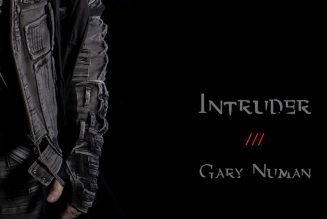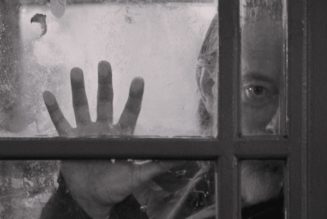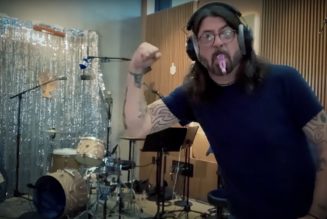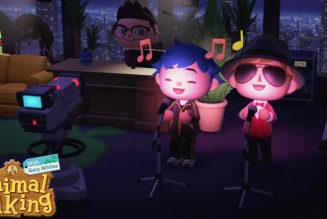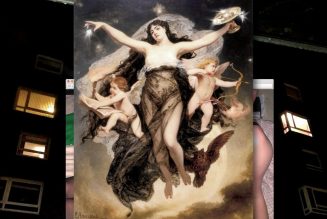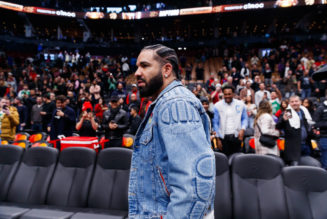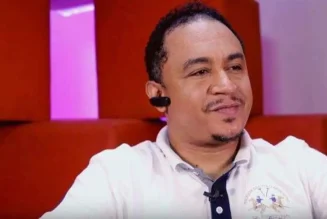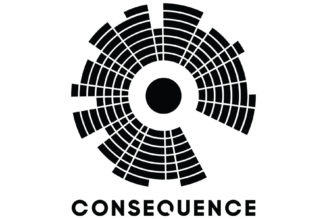Highlife is a West African music genre that originated in Ghana in the late 19th century. Subsequently, it extended its reach to western Nigeria and gained immense popularity in both nations during the 1950s. Highlife stands out for its unique mix of African, African American, and European musical elements, uniting traditional African rhythms with jazz influences and incorporating instruments from both European and American musical traditions.
As we delve deeper into its history, it becomes evident that the earliest manifestation of highlife music was presented by brass bands along the Ghanaian coastline during the late 19th century. These bands skillfully amalgamated a diverse array of instruments, including those of European origin, and introduced vocal components into their performances. Over time, highlife underwent a transformation, embracing stylistic aspects from local musical traditions and jazz.
In the 1930s, highlife’s popularity surged, spreading inland and eastward along the coast, particularly in Nigeria. In Nigeria, highlife underwent a pivotal transformation, absorbing asymmetrical drum rhythms inspired by traditional drumming practices.
Furthermore, highlife’s journey has been profoundly shaped by a multitude of influential artists over the course of its history. Trailblazers such as Cardinal Rex Lawson, E.T. Mensah, and Victor Uwaifo played pivotal roles in refining the highlife sound by infusing traditional African drums and elements of blues. Highlife bands typically feature powerful brass sections and various electric guitars taking the forefront. Recently, some highlife acts have added electronic beats.
Notably, highlife has generated various subgenres, including Igbo Highlife, Ijaw Highlife, and Edo Highlife, each flourishing within distinct regional music scenes across West Africa.
When we consider its cultural significance and global effect, highlife is still an essential form of popular music for Ghanaians and their diaspora worldwide. It has seamlessly integrated with religious institutions and has positively influenced Ghanaian immigrants by helping them maintain a meaningful connection to their homeland.
The genre reached its zenith in the 1960s and 1970s. Highlife’s influence persists, echoing through contemporary African music genres such as Afrobeat, which has deep-seated roots in the highlife tradition.
Notable Highlife Musicians:
E.T. Mensah – Known as the “King of Highlife,” E.T. Mensah was a Ghanaian musician and bandleader who played a significant role in popularizing highlife music in the 1950s and 1960s. His hit songs include “All for You” and “Ghana Freedom.”
Nana Kwame Ampadu
A revered Ghanaian musician and prolific composer, was a prominent figure in highlife music. He composed over 800 songs and was the lead singer, chief songwriter, and visionary founder of the African Brothers Band.
Victor Uwaifo
A popular Nigerian highlife guitarist, Victor Uwaifo, also known as Guitar Boy, developed a distinct style that combined highlife with other genres such as reggae and rock.
Celestine Ukwu
Celestine Ukwu was a Nigerian highlife musician known for his soulful and poetic lyrics. He is remembered for his popular songs like “Ije Enu” and “Igede.”
Vis-A-Vis
Ghanaian band Vis-A-Vis gained widespread popularity as a dynamic live act and became highly sought-after studio musicians. Over the span of 1975 to 1982, they released 13 albums, with Obi Agye Me Dofo standing out as the best in their discography.
Chief Stephen Osita Osadebe
Chief Stephen Osita Osadebe was a Nigerian highlife musician who contributed to the development of the Igbo highlife subgenre. He is known for his hit song “Osondi Owendi.”
Ebo Taylor
Ebo Taylor is a highly regarded Ghanaian highlife musician and composer. He is known for his contributions to the highlife genre and his fusion of traditional Ghanaian rhythms with jazz and funk influences. Ebo Taylor has released several albums throughout his career and continues to be an influential figure in the highlife music scene.
Ewurama Badu
Awurama Badu was a talented Ghanaian highlife musician. She had various hit songs at a time when the Ghanaian scene was dominated by men.
Bisa Kdei
Bisa Kdei is a contemporary Ghanaian highlife musician who has gained popularity in recent years. He has released several successful albums and is known for songs like “Mansa” and “Brother Brother.”
Santrofi
Santrofi is one of the rising stars of Ghanaian highlife. It is a dynamic collective of celebrated young musicians from Accra’s music scene.
Akosua Adjepong
Akosua Adjepong (also spelled Agyepong) is a talented Ghanaian female highlife singer and television personality.
Azuka Moweta and his Anioma Brothers Band
Nigerian singer Azuka Anthony Moweta, from Asaba, Delta state, excelled for years as a composer and lead, and backing singer. He performs Ekobe music mixed with Igbo Highlife.
Oliver Nayoka
Oliver Nayoka, from Ekwulummili, Nigeria, is a self-taught guitarist, composer, and singer who has become a guitar master and leading figure in highlife.
Obioma Awka
Obioma Awka is one of the best female highlife artists.
Note that this list is not exhaustive, and there are many other talented highlife musicians, both past and present. The popularity of highlife music continues to evolve, and there may be new and emerging artists in the genre.
Highlife compilations
The Rough Guide To Highlife (World Music Network RGNET1102CD, 2003)
Nigeria 70: No Wahala: Highlife, Afro-Funk & JuJu 1973-1987 (Strut Records, 2019)
(headline image: Yen Ara by Ebo Taylor)


